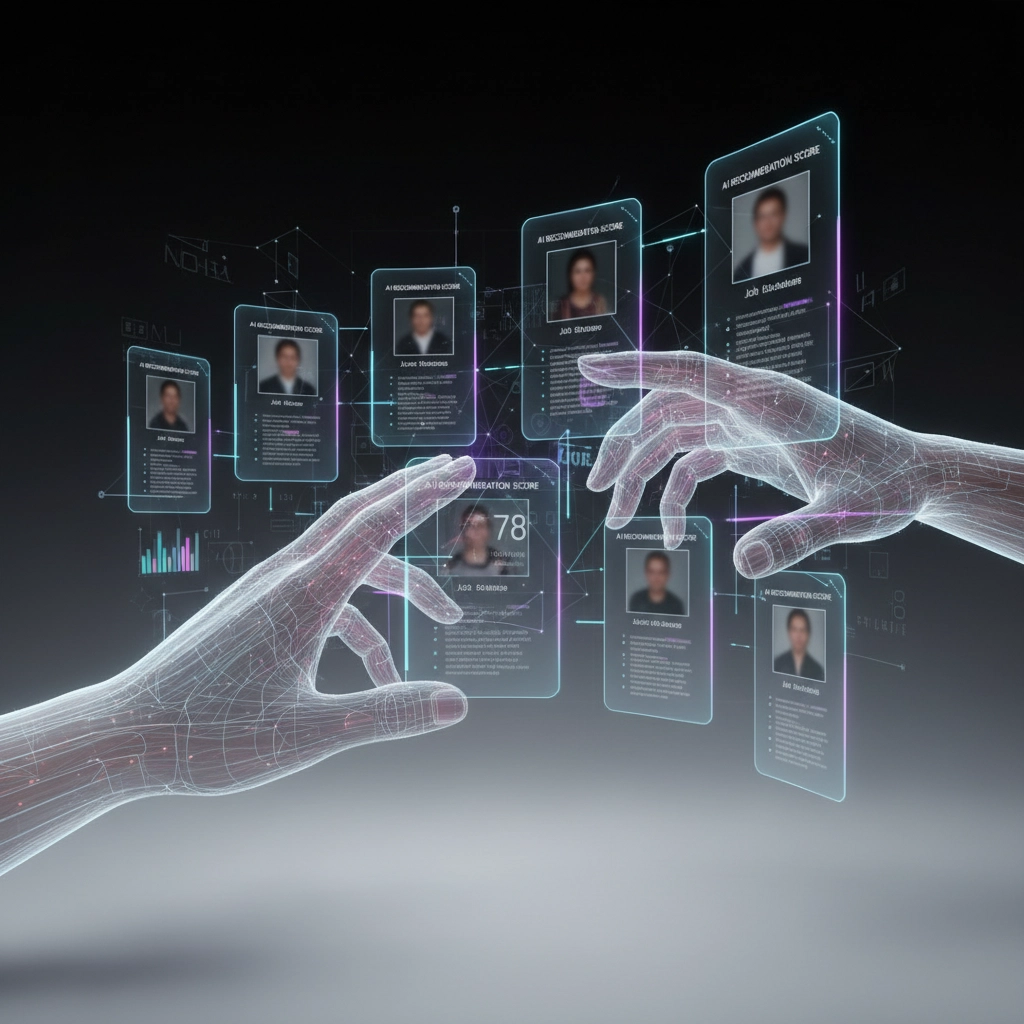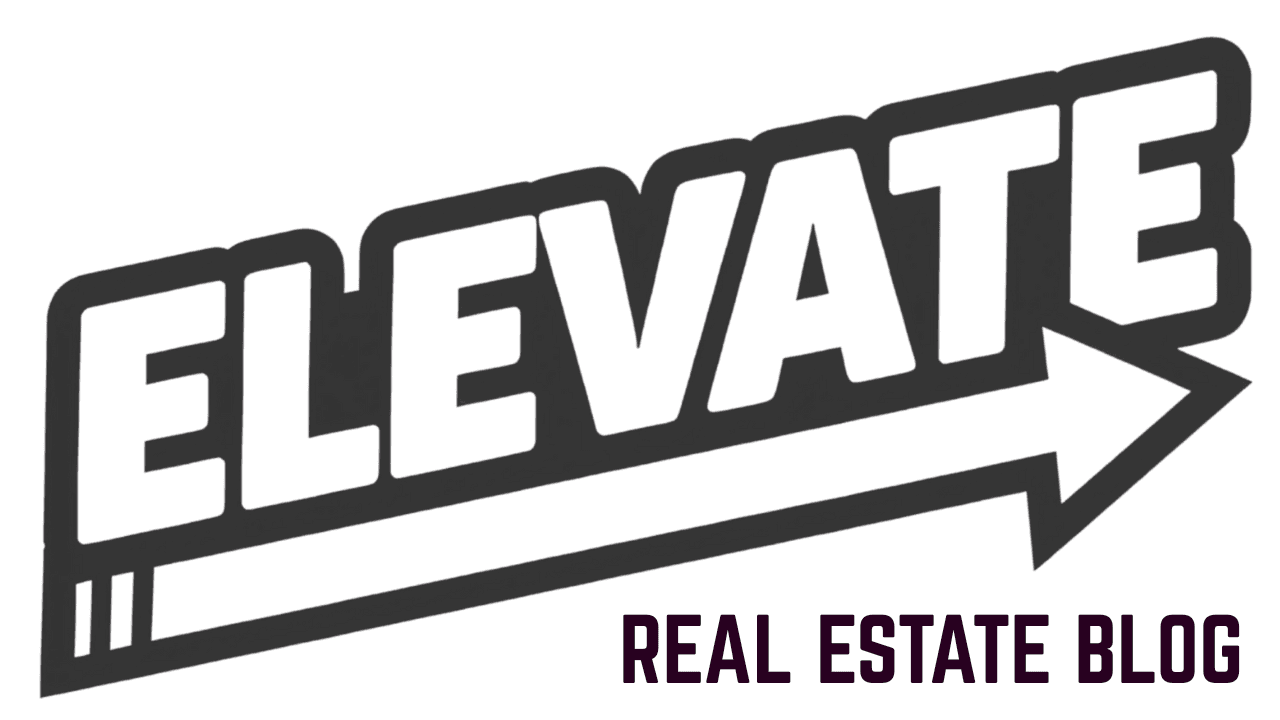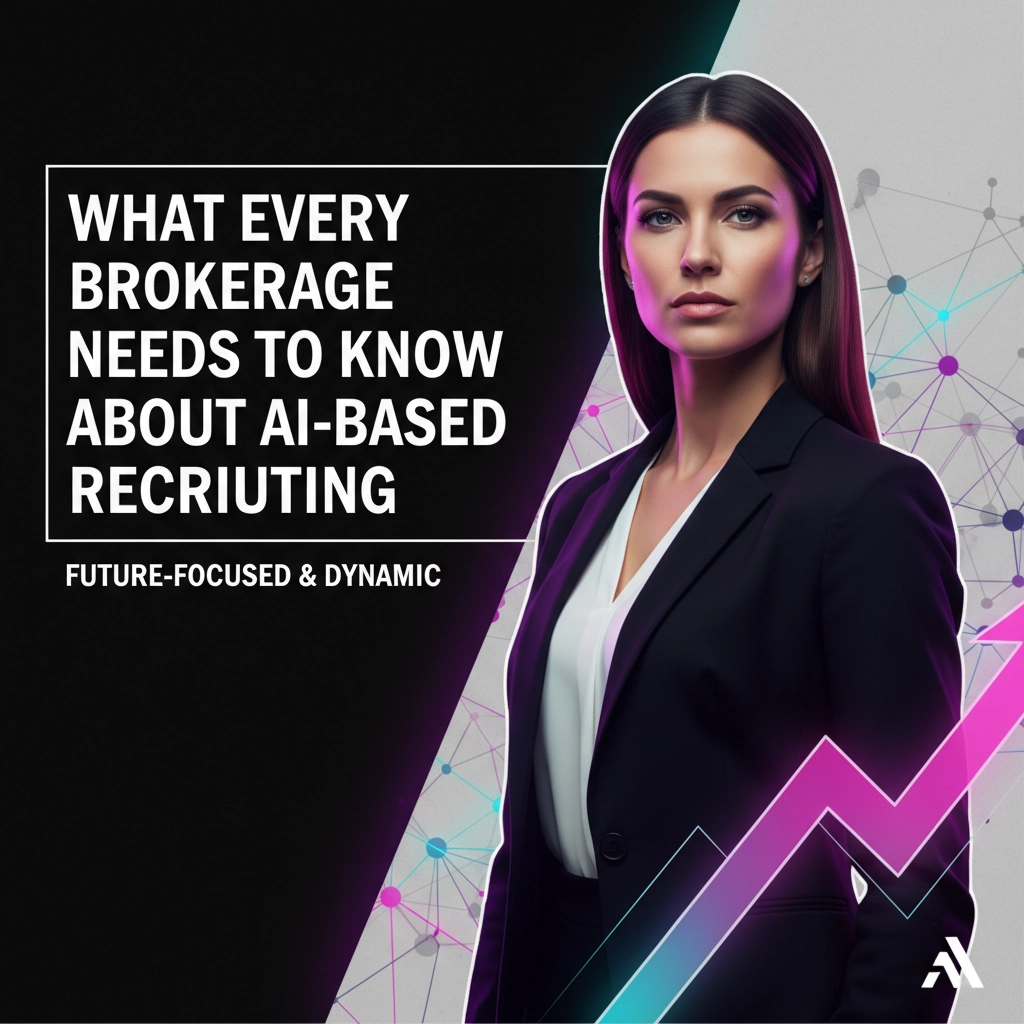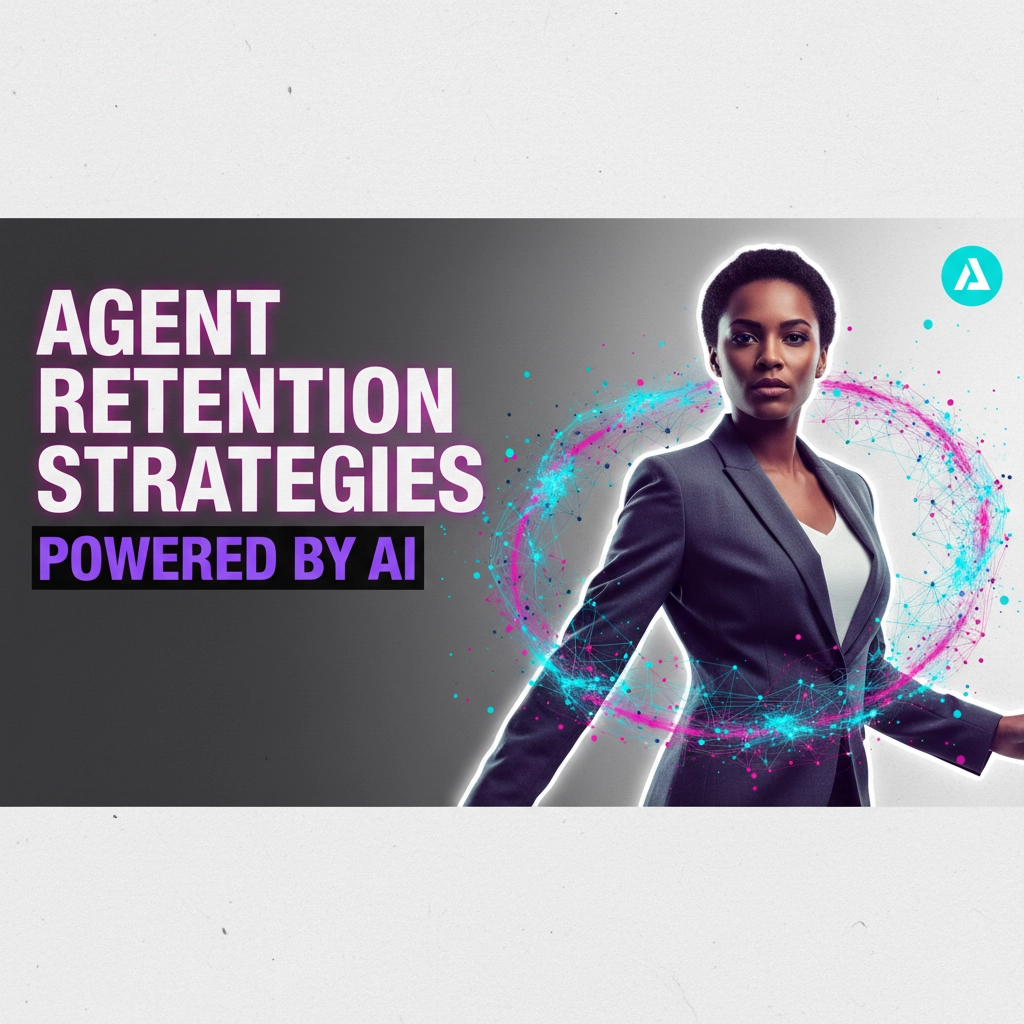AI-based recruiting transforms how real estate brokerages identify and hire top agents. Machine learning algorithms analyze production data, market performance, and agent behavior patterns to eliminate guesswork from hiring decisions. This technology addresses real estate's core recruitment challenge: limited manager time for thorough candidate evaluation.
Traditional recruiting relies on gut instinct and basic production metrics. AI recruiting leverages comprehensive data analysis to predict agent success rates and cultural fit. The result: faster hiring decisions with higher accuracy rates.
How AI Streamlines Agent Recruitment
AI recruiting platforms process multiple data sources simultaneously. MLS records, transaction histories, market performance indicators, and agent production metrics feed into machine learning models that identify qualified candidates in minutes rather than hours.

The process begins with data collection. AI systems gather information from public records, industry databases, and market analytics platforms. Algorithms then score candidates based on predefined criteria: production volume, transaction frequency, market knowledge, and growth potential.
Predictive analytics forecast future performance using historical data patterns. An agent with consistent production increases in a declining market scores higher than one with flat performance in a booming market. This contextual analysis removes emotional bias from initial screening.
Manager time multiplies through automation. A comprehensive agent analysis that previously required 3-4 hours of research now completes in 20 minutes. Managers review AI-generated insights instead of manually compiling data from scattered sources.
Available AI Recruiting Platforms
Several specialized platforms serve real estate recruitment needs. Each offers distinct features and capabilities.
Relitix provides comprehensive agent analysis and market intelligence. The platform evaluates agent businesses holistically, analyzing production trends, geographic specialization, and client demographics. Brokerages use these insights to target agents with specific skill sets or market expertise.
Courted Talent Solutions focuses on passive candidate identification. The system identifies agents likely to consider new opportunities based on performance indicators and market conditions. Candidate lists generate within minutes, complete with contact information and recruitment probability scores.
Lone Wolf Technologies integrates recruiting tools with existing brokerage management systems. The platform streamlines workflow from initial candidate identification through onboarding completion.
Other notable platforms include Brokerkit and MoxiWorks, each offering specialized features for different brokerage sizes and recruitment strategies.
Core Benefits for Brokerages
Enhanced Candidate Discovery
AI identifies passive candidates in underserved markets. Traditional recruiting focuses on active job seekers who often represent a small percentage of qualified agents. Machine learning algorithms analyze market gaps and identify successful agents in areas lacking adequate brokerage representation.
Geographic expansion becomes data-driven rather than speculative. AI mapping tools highlight markets with strong demand but limited agent coverage, guiding strategic growth decisions.
Data-Driven Decision Making
Recruitment decisions shift from subjective to objective evaluation. AI provides concrete metrics: average days on market, price-to-list ratios, transaction volumes, and client satisfaction indicators. These data points create structured interview frameworks and eliminate speculation about agent capabilities.
Performance prediction models estimate future success probability based on historical patterns. A candidate's likelihood of meeting production targets becomes quantifiable rather than intuitive.

Market Intelligence Integration
AI recruiting platforms deliver comprehensive market analysis alongside candidate profiles. Brokerages understand demand patterns, service gaps, and growth opportunities within specific geographic areas.
This intelligence enables confident expansion into new markets. Managers identify not just which agents to recruit, but where to focus recruitment efforts for maximum impact.
Time Efficiency Gains
Automation handles initial candidate screening and research. Managers focus on relationship building and cultural assessment rather than data compilation. One hour of manager time becomes equivalent to ten hours of manual research through AI augmentation.
Recruitment cycles accelerate without sacrificing quality. Initial candidate identification and qualification happen continuously rather than during specific recruitment campaigns.
Implementation Best Practices
Establish Ethical Framework
Create written policies governing AI use in recruitment. Define boundaries for algorithmic decision-making and human oversight requirements. Establish bias prevention protocols and regular audit procedures.
Document data privacy standards and candidate transparency requirements. Specify what information AI systems can access and how long data remains in recruitment databases.
Tool Evaluation Process
Request detailed algorithm explanations from vendors. Understand data sources, weighting methodologies, and bias testing procedures. Evaluate platform track records across different demographic groups and market conditions.
Test platforms with known successful agents to validate accuracy. Compare AI recommendations against proven performers to establish baseline confidence levels.
Human Oversight Integration
Design checkpoints where recruiters review AI recommendations. Establish override protocols for situations where human judgment contradicts algorithmic analysis. Maintain final hiring authority with experienced managers rather than automated systems.
Create feedback loops between AI recommendations and actual hiring outcomes. Track which algorithmic predictions prove accurate over time to refine system parameters.

Success Measurement
Track key performance indicators: time-to-hire, cost-per-hire, candidate quality scores, and diversity metrics. Document case studies comparing AI-assisted recruitment outcomes against traditional methods.
Measure both efficiency gains and result quality improvements. Quantify manager time savings and agent retention rates to demonstrate return on investment.
What AI Cannot Replace
Personality assessment requires human judgment. Cultural fit evaluation depends on subtle interpersonal dynamics that algorithms cannot fully capture. AI provides analytical foundation for recruitment conversations but cannot determine team chemistry or leadership potential.
Complex situational factors need human interpretation. An agent's production decline might reflect market conditions, personal circumstances, or strategic business shifts. Experienced recruiters contextualize data points that AI systems might misinterpret.
Relationship building remains fundamentally human. Top agents respond to personal connections and trust-based interactions. AI identifies candidates, but successful recruitment depends on manager rapport and organizational alignment.
Getting Started with AI Recruitment
Begin with clear objectives. Define ideal candidate profiles, production targets, and market expansion goals. Establish success metrics before implementing AI tools to measure progress accurately.
Start small with pilot programs. Test AI recommendations against current recruitment methods using controlled groups. Refine processes based on initial results before full-scale implementation.

Partner with comprehensive platforms that integrate recruitment with ongoing performance management. PWRU's Brokerage Performance Suite combines AI-powered recruitment tools with agent productivity analytics and market intelligence. This integration provides complete visibility from initial candidate identification through long-term performance tracking.
Schedule a demonstration to see how AI recruitment tools integrate with existing brokerage operations. Understanding implementation requirements and training needs helps ensure successful adoption.
The Future of Brokerage Recruitment
AI recruiting represents the standard rather than innovation in competitive markets. Early adopters gain significant advantages in agent acquisition and retention. Late adopters face disadvantages in both recruitment efficiency and candidate quality.
Technology costs continue declining while capabilities expand. Small brokerages now access tools previously available only to large organizations. This democratization levels competitive playing fields while raising performance expectations industry-wide.
Success requires combining AI efficiency with human expertise. The most effective recruitment strategies leverage algorithmic analysis for candidate identification while maintaining personal relationships for final hiring decisions.
Brokerages ready to transform their recruitment approach should schedule a demo to explore comprehensive AI solutions tailored to real estate industry needs.




